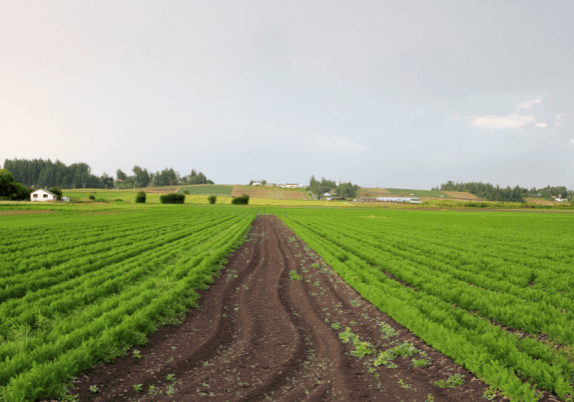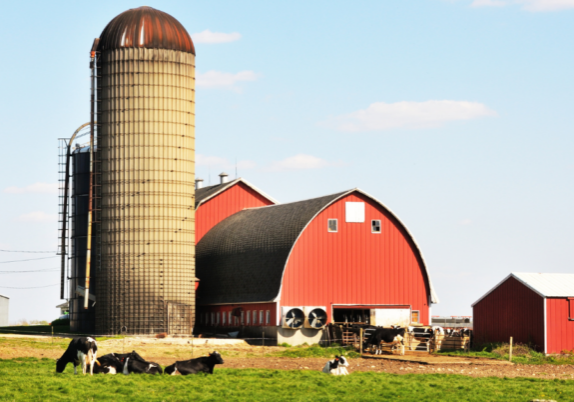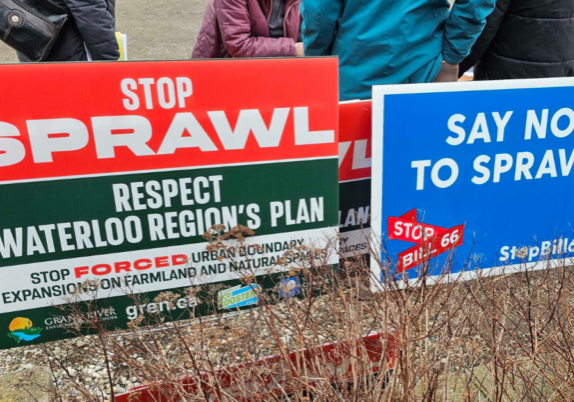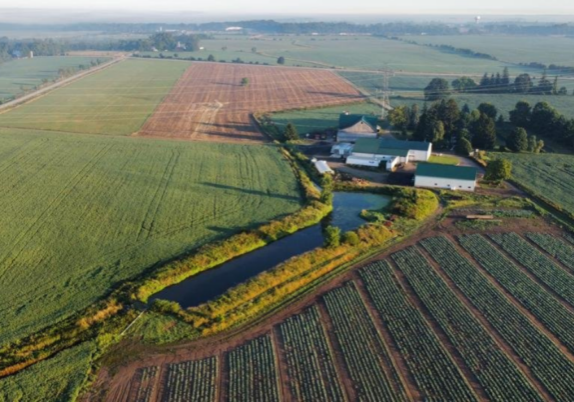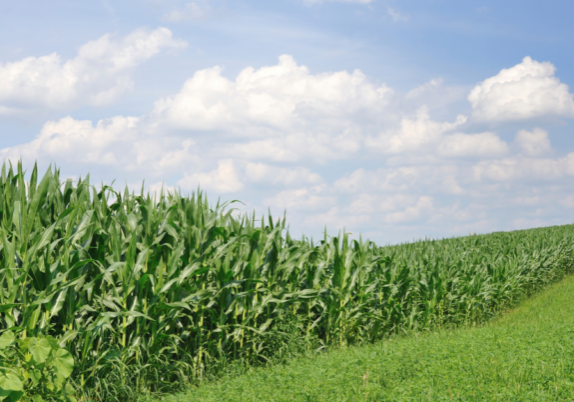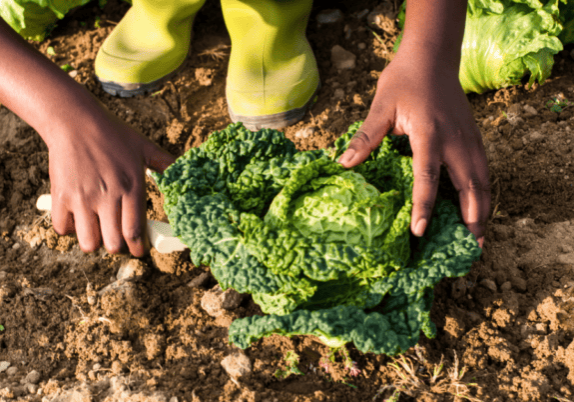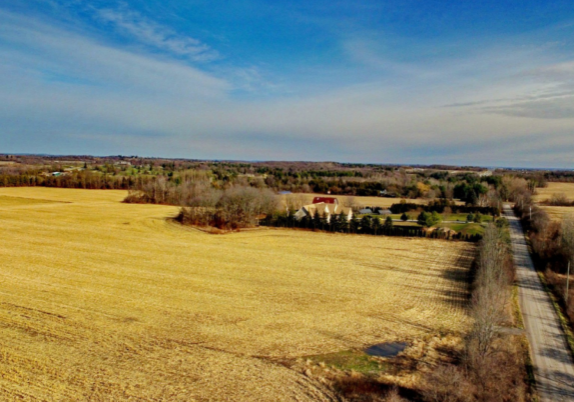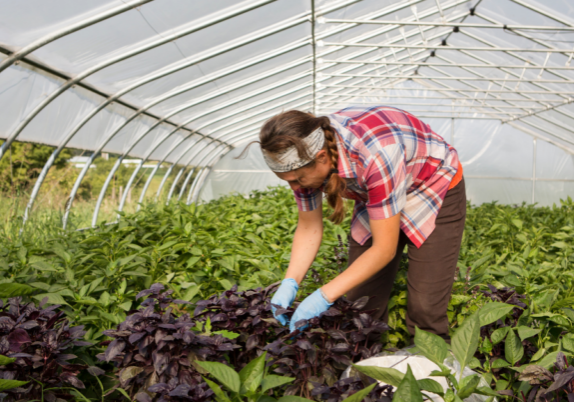Joint Response to A Place to Grow and Provincial Policy Statement (ERO 019-6177
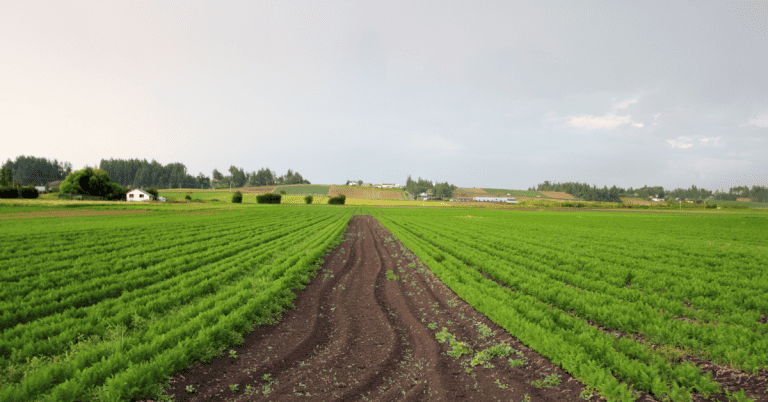
RE: ERO 019-6177 Review of A Place to Grow and Provincial Policy Statement
Dear Planning Consultation Staff,
Farmers and farm organizations understand the province’s need for more homes to help keep pace with our increasing population. Rural and agricultural communities in Ontario need more labour, and we want to retain our youth and seniors in our rural communities and they in turn need places to live. We support the government’s stated goal of building more houses for Ontarians but not at the expense of farmland, farm businesses and the agri-food sector. Once farmland is lost to development, it is gone forever.
We recognize that the balancing act between farmland protection and further urbanization doesn’t come with a quick or easy answer and that the issues facing us today are complex. However, Ontario’s farmland is a scarce resource under constant threat, with the loss measured at 319 acres per day in our province, according to the 2021 Census of Agriculture. It’s vital that we protect our remaining farmland so that Ontario has a strong, viable and sustainable supply of food products grown, harvested and processed right here at home.
We have significant concerns about the proposal to create a new province-wide planning policy instrument that combines A Place to Grow with the Provincial Policy Statement. It is not clear what protections on agricultural land and other policies beneficial to agriculture and rural communities may be lost or changed in this process.
We as farming organizations have some key recommendations for successful policies we would like to see retained to ensure protection of our agricultural land base and support for successful agricultural and agri-food businesses across the province.
Agricultural System Approach
We support the ongoing use of Agricultural System policies and tools within the Greater Golden Horseshoe (GGH) region as they have been implemented. We also see potential for use of the Agricultural Systems approach and these tools and policies more broadly across the province.
Provincial land use plans within the GGH region have implemented an Agricultural System approach, supported by key tools including Agricultural Impact Assessments (AIAs), provincial Agricultural Land Base Mapping and an Agricultural System Portal. This Agricultural System approach appropriately recognizes that agriculture requires both a land base and key surrounding infrastructure to thrive and works to support the entire system in land use planning at the upper and lower tier in the region. We as farm organizations want to see this approach continue.
Minimum Distance Separation
We support the ongoing use of Minimum Distance Separation (MDS) policies across the province. MDS policies work to minimize conflicts between farming operations and surrounding land uses, including residential uses. MDS policies have proven effective in reducing nuisance complaints and other types of conflicts between livestock operations and neighbouring residences or businesses. OMAFRA offers training and online tools to support municipalities in implementing MDS policies in land use planning. MDS policies should continue to apply across the province.
Residential Lot Creation in Agricultural Areas
We request that the limited circumstances permitting residential lot creation in prime agricultural areas under the Provincial Policy Statement 2020 be retained in the new proposed province-wide planning policy instrument. Residential lot creation in agricultural areas has long been controversial and the detrimental impacts for agriculture are well demonstrated, including fragmentation of the agricultural land base, increased conflicts between neighbouring land uses, risk of inflating farmland prices, and increasing costs to municipalities. Farmland is under risk of speculative investment. Any policies that might open land for speculative purchase and investment need to be discouraged. We do not support policies that will increase residential lot creation in prime agricultural areas or in rural areas that are actively farmed.
Rural Housing Needs
Rural communities have unique needs for local housing that are often unmet. Housing for rural and agri-food workers is critical to sustaining rural economies, which are often centered on the agri-business sector. Given its importance to the agri-food sector, the provincial government needs to provide leadership on these matters and work not only with developers, but with farm organizations, farmers, and affordable housing organizations. This needs to be done in a manner that supports local needs and creates attainable housing solutions within existing settlement areas, while also protecting prime agricultural and rural lands for farming.
Conclusion
With a responsible land use planning approach, we believe it is possible to build complete communities that can provide for the needs of residents while minimizing sprawl, preventing the loss of farmland, supporting successful farming and agri-food businesses and avoiding additional pressures on urban-rural boundaries. The key is a collaborative approach to responsible long-term land use planning that balances meeting short-term housing needs and supporting economic growth with protecting agricultural land for future generations.
Sincerely,
Max Hansgen
President, National Farmers Union – Ontario
Peggy Brekveld
President, Ontario Federation of Agriculture
Ed Scharringa
President, Christian Farmers Federation of Ontario
Edward McDonnell
Chief Executive Officer, Greenbelt Foundation
Phil Mount
Board Chair, Sustain Ontario
Martin Straathof
Executive Director, Ontario Farmland Trust
